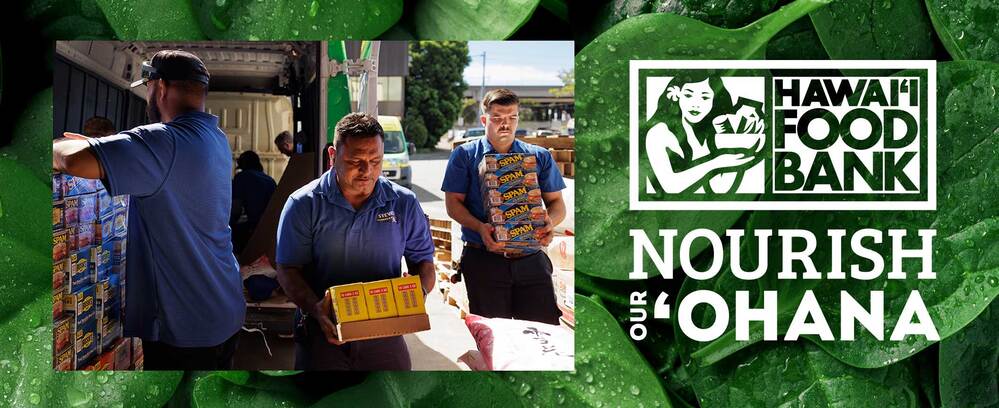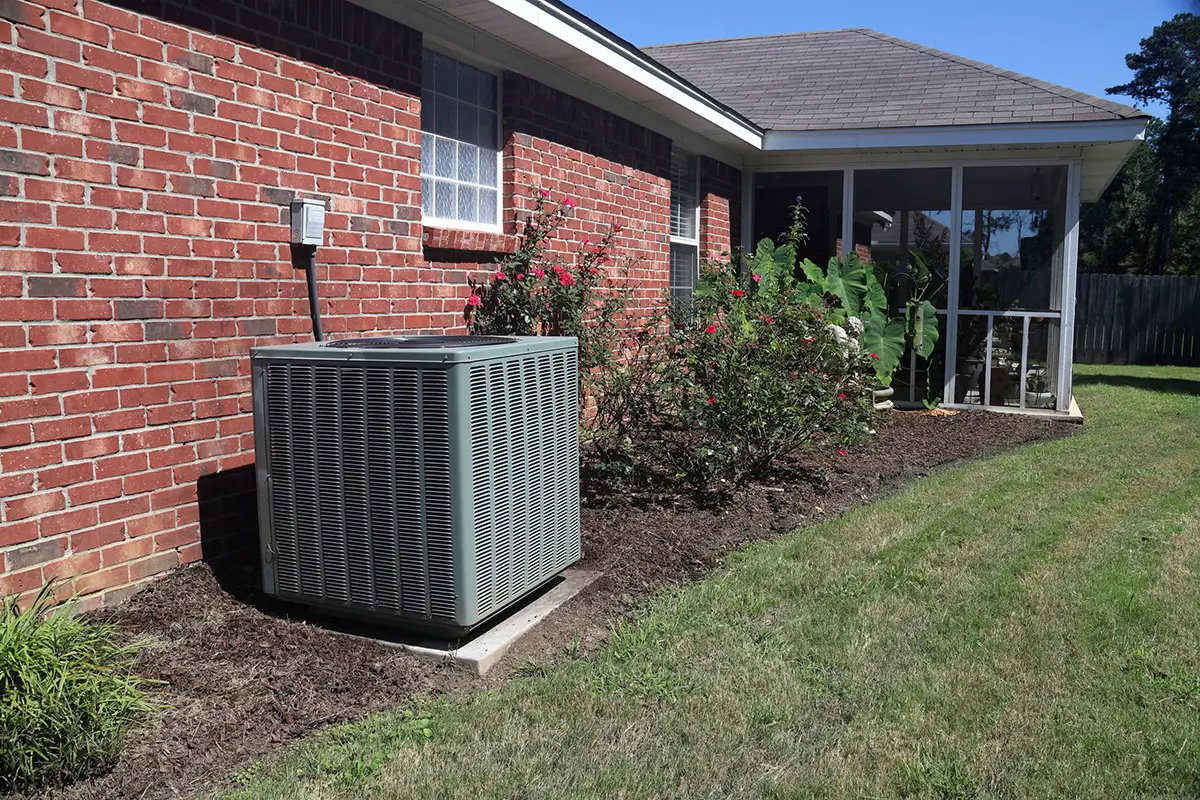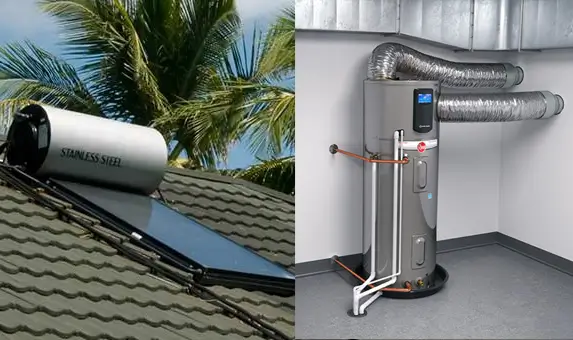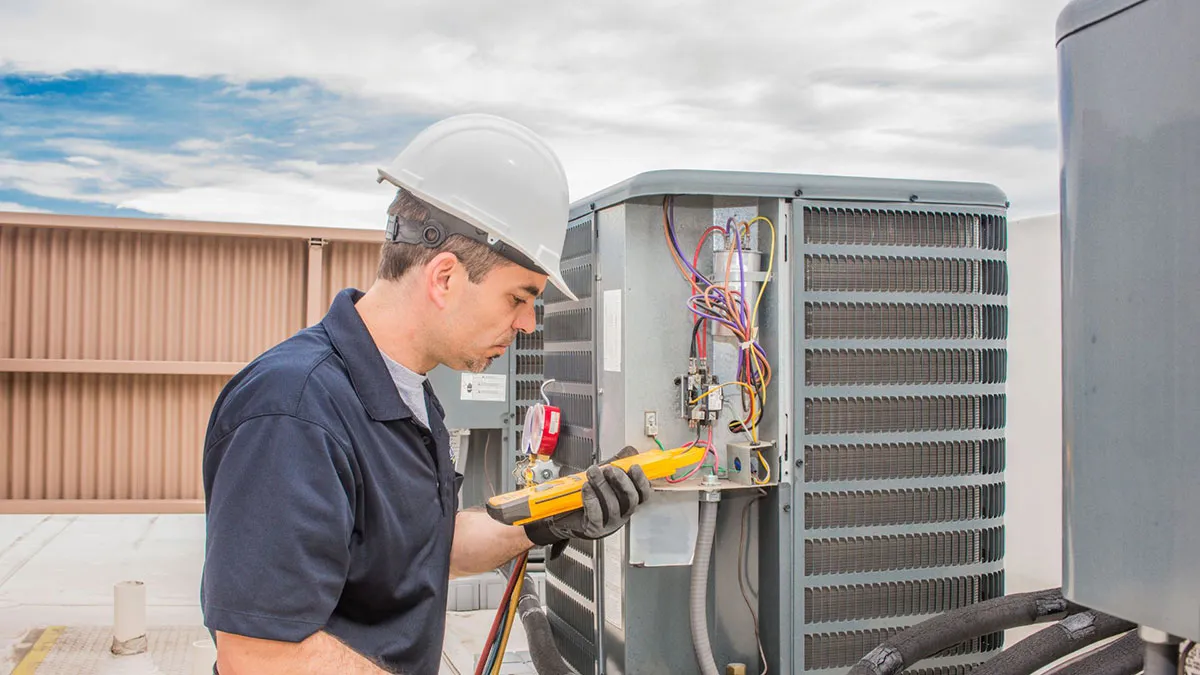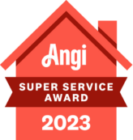Water: it’s the lifeblood of our island homes and businesses. But when pipes beneath your floors spring leaks, that once-precious fluid turns into an insidious threat. Unseen moisture damages foundations, warps wood surfaces, and cultivates hazardous mold colonies. Yet many folks ignore seemingly minor drips or dampness, unaware of the severe structural risks brewing underfoot in Honolulu.
Even seasoned homeowners struggle to detect slab leaks and pinhole breaches hidden away behind walls and under floors. That muffled trickling sound or feeling of ambient dampness could signal far larger issues demanding immediate attention from trained professionals. Misdiagnosing or neglecting leaks ensures those minor cracks and pinholes steadily worsen into catastrophic flooding disasters.
This guide provides a roadmap for identifying the telltale signs of slab leaks and under-floor pipe deterioration specific to Honolulu’s tropical environment. We’ll reveal insight into local factors exacerbating leakage, the areas most susceptible to failures, and the specialized methods plumbers utilize to inspect and verify exact breach locations. Forewarned proves forearmed against devastating water damage!
Common Signs of Leaking Pipes
When pipes hidden beneath floors or concrete slabs develop breaches, they seldom announce themselves with dramatic geysers. More often, those pesky leaks reveal themselves through a constellation of subtle clues demanding close observation from attentive homeowners. Easily overlooked indicators like rising water costs and ambient dampness could signify much larger plumbing woes festering out of view.
Unusual Increase in Water Bills
While fluctuations are expected, any sudden inexplicable spikes in water usage should immediately trigger suspicions of potential leaks. Without irrigation systems or extra occupants, that increased residential demand likely stems from water constantly escaping through unseen pipe failures.
Visible Water Damage
Eventually, enough moisture will seep from those subfloor leaks to manifest as visible signs of deteriorating drywall, cracked tiles, warped wood laminates, or bubbling paint. Perform regular sweeps scrutinizing floors, walls, and ceilings for these telltale blemishes signaling internal water damage.
Sound of Running Water
With the home settled and water sources inactive, closely listen for any persistent trickling or rushing noises emanating from distant rooms, walls, or floor areas. Those sounds potentially reveal water continually evacuating through leaking pipes even when no fixtures are running.
Musty Odors and Mold Growth
Where excessive moisture accumulates, mold and mildew inevitably follow. Pay close attention to any damp, earthy smells that could indicate unwanted moisture issues within walls. Coupled with visible fungal patches or discoloration, odors signal potential leaks funneling water into unseen areas.
The insidious characteristic of subfloor leaks lies in their ability to create widespread damage completely undetected until issues escalate beyond easy remediation. Monitoring for these common warning signs prevents Honolulu homeowners from dismissing easily repairable leaks until they blossom into flooding nightmares.
Specific Methods to Detect Leaks
While the signs of slab leaks and under-floor pipe failures may seem subtle, proactive homeowners employ a range of targeted detection techniques to verify suspicions before moisture issues escalate. From rudimentary tests harnessing household items to technology leveraged by professional plumbers, an array of diagnostic tools proves invaluable for precisely identifying those elusive breaches.
Water Meter Test
For this simple yet effective method, shut off all water sources throughout the home, including ice makers and sprinklers. Monitor the meter, noting any continued dial movement that indicates active leaks drawing from the main supply line somewhere on your property.
Food Coloring Test for Toilets
Drop several food coloring tablets or dye into toilet tanks, but avoid flushing for at least 30 minutes. Check bowls periodically – any colored water seeping in signals a leaking flapper valve requiring simple replacement to stop that constant running.
Inspection of Visible Pipes
While subfloor leaks lurk unseen, exposed pipes throughout cabinets, basements and crawlspaces provide easier inspection access. Manually check joints and fittings for dampness, mineral buildup, or obvious pinhole breaches which all necessitate professional repairs to prevent structural damage.
Professional Leak Detection Tools
When amateurs reach their limitations, licensed plumbing experts leverage an arsenal of advanced technologies to pinpoint leak locations with laser precision. Electronic amplifiers enhance faint acoustic signatures while video borescopes and ground-penetrating radars reveal moisture migration pathways underground or concealed within slabs.
The first step toward mitigating detrimental plumbing leaks involves accurately confirming their sources. With strategic diagnostic approaches from basic testing to high-tech scanning, Honolulu residents no longer need to tolerate rampant water damage from invisible breaches they can’t locate or verify.
Areas Prone to Leaks
While no area proves completely immune from potential plumbing leaks over time, certain hot spots around residential properties tend to suffer higher susceptibility. Understanding these typical problem zones helps savvy Honolulu homeowners remain vigilant against moisture issues developing in vulnerable spaces.
Bathrooms
These high-traffic humidity hubs endure constant water exposure from showers, tubs, and sinks relentlessly testing pipe integrity. Accelerated corrosion from calcium/mineral buildup combined with abrasive chemical cleaners slowly degrades seals and joints. Bathrooms warrant routine inspections.
Kitchen
Beyond just the visible sink and dishwasher lines, a complex web of pipes ventures underground and inside walls supplying appliances while removing wastewater. This intricate network frequently develops leaks as dissimilar metals and materials rub together over decades.
Slab Foundations
The very concrete slabs forming structural foundations for many island homes prove susceptible to cracks from gradual erosion, soil settling, or seismic tremors. As these fissures develop, they provide entry points for roving tree roots to compromise buried plumbing lines.
Exterior Hose Bibs
Those innocuous outdoor faucets for hoses often conceal microscopic cracks or degraded washers silently dripping water below ground. Left unchecked, this steady leakage undermines surrounding soil supporting foundations and landscaping features.
Entry Points
Sections where plumbing lines penetrate walls, floors and foundations create inherent structural weaknesses over time as materials gradually shift and separate. These areas act as natural pathways for breaches to develop and leak water into unseen spaces.
While leaks manifest anywhere pipeline age and material deficiencies exist, keeping a vigilant eye on these susceptible areas allows Honolulu residents to catch issues early before they precipitate major damage or health hazards from toxic mold. Proactive monitoring prevents minor drips from morphing into flooding catastrophes.
Local Considerations for Honolulu, HI
While slab leaks and deteriorating pipe systems create problematic property scenarios anywhere, Honolulu homeowners face some unique environmental factors intensifying water damage risks. Our tropical island climate coupled with volcanic soil compositions presents distinct challenges necessitating extra precautions.
High Water Tables
Across many local neighborhoods, a relatively high annual rainfall combined with low-lying elevations results in elevated water table levels year-round. That surplus subsurface moisture applies relentless hydrostatic pressure against buried pipes and foundation slabs, hastening material degradation over time.
Seismic Activity
Living amid the active Pacific Ring of Fire leaves Oahu continuously susceptible to minor earthquake tremors and seismic shifts. Even subtle ground movements gradually separate concrete sections, opening gaps that allow water intrusion while compromising pipe fittings.
Invasive Vegetation
Hawaii’s lush tropical foliage seems idyllic until those aggressive root systems start infiltrating sewer lines and drainage pipes in search of nutrients and moisture. As they spread, roots apply lateral forces cracking even robust pipelines.
Hard Water Mineral Buildup
Thanks to volcanic rock substrates, Honolulu’s municipal and well water supplies run extremely hard with high mineral content. This calcium buildup inside pipes accelerates corrosion and scale accumulation constricting interiors.
Salty Air Exposure
While many coastal homes utilize advanced anti-corrosive plumbing materials, that salty ocean air still takes a punishing toll over time. Regular condensation mixed with chloride compounds eats away exposed pipes shortening their lifespan.
From pressurized water tables to disruptive root structures, Honolulu’s challenging environment accelerates factors leading to slab leaks and water damage. Extra vigilance monitoring these local threat variables provides the best defense against property owners suffering ramifications from concealed moisture.
Preventative Measures
While detecting slab leaks and under-floor pipe failures provides the first line of defense, implementing some proactive preventative measures creates your strongest fortifications against moisture damage. A few simple precautions properly addressing Honolulu’s unique regional factors go a long way toward safeguarding properties.
Periodic Leak Detection Testing
Living in a high water table area necessitates routinely verifying plumbing integrity before minor drips escalate into bigger issues. Schedule professional plumbers to perform comprehensive leak detection scans biannually using acoustic ear-pieces, videoscopes and other tools revealing hidden pipe compromises.
Strategic Landscaping
Those island foliage root systems relentlessly seeking moisture prove an unavoidable reality. But carefully selecting plants with non-invasive qualities and establishing root barriers protects buried utility lines. Routine trimming also deprives aggressive species of vital nutrients promoting spread.
Water Softening/Filtration
Filtering Honolulu’s hard water supply to remove mineral-rich sediment prevents hazardous buildup inside pipes over time. Invest in whole-home water softeners and sediment prefilters to reduce that telltale scaling cutting pipe lifespans short.
Corrosion-Resistant Piping
While initial installation costs prove higher, utilizing corrosion-resistant piping materials like PEX, copper, and plastics ultimately prevents premature replacement expenses. These compounds shrug off salty ocean air and ground moisture far better than vulnerable steel or cast iron options.
Foundation Waterproofing
Those elevated water table levels surrounding Honolulu’s foundations can degrade concrete through a process called chemical erosion. Proper slab waterproofing membranes create a vital capillary break inhibiting unwanted moisture penetration.
Through a multipronged approach harnessing strategic pipe replacements, targeted landscaping, and environmental isolation barriers, savvy island homeowners effectively insulate themselves against the region’s most destructive moisture hazards. A few basic preventative protocols safeguard investments for decades.
Steps to Take When a Leak is Detected
Even the most proactive preventative measures can’t always stop slab leaks and pipe breaches from occurring eventually. When those telltale signs like spiking water bills or moisture patches appear, informed Honolulu homeowners need to act swiftly before minor drips transform into catastrophic flooding nightmares. Here’s a crucial multi-step action plan:
Shut Off Water Supply
As soon as you confirm legitimate leak evidence, immediately shut off the main water supply valve to your home. This prevents any more moisture from continually escaping through existing breaches minimizing overall damage. Think of it like applying a tourniquet!
Call the Professionals
While handy homeowners can often tackle basic plumbing fixes themselves, slab leaks and subterranean pipe failures demand expertise. Get reliable, licensed plumbers on-site rapidly to leverage their specialized leak detection tools and strategies to pinpoint those elusive problem areas.
Mitigate Existing Damage
With the main supply line off, utilize wet vacs, dehumidifiers, and fans to painstakingly extract residual moisture pockets from wall cavities and underneath flooring. This initial drying process prevents mold and structural rot from developing in dark, damp environments.
Access Repair Area
Once leak locations are confirmed, controlled demolition opens up those areas for plumbers to perform necessary repairs or repiping with zero obstructions. Concrete cutting, jackhammering, and drywall removal create mess, but reveal integral pipe routing.
Replace Compromised Pipes
Depending on the plumbing system’s age and materiality, replacing entire water line sections using corrosion-resistant plastics/copper often proves the wisest fix over spot repairs repeatedly required on degraded pipes. Strategic rerouting improves longevity too.
Restore Accessibility
With new plumbing lines optimally installed, all those opened wall cavities, floors, and slabs require diligent restoration efforts. This could involve re-pouring concrete, replacing subflooring, or drywall mudding/painting to return everything to its original condition.
No Honolulu homeowner wants to absorb unnecessary water damage expenses due to complacency about slab leaks and eroded pipe systems. Rapid responses coupled with professional interventions consistently prove the most cost-effective solutions long-term.
Don’t Risk Moisture Mayhem – Trust Slab Leak Specialists at Steve’s Plumbing
When drips turn into major leaks wreaking havoc beneath your Honolulu home’s floors, ceilings, and walls, attempting DIY repairs just compounds those moisture issues. You need skilled professionals deploying state-of-the-art tools to accurately pinpoint slab breaches and pipe failures before structural damage spirals out of control.
For over 35 years, Steve’s Plumbing & AC Service has provided unmatched leak detection and repair services across the islands. Our certified technicians leverage video-line tracing, ground-penetrating radars, and acoustic sensors locating even the most elusive moisture sources with pinpoint accuracy. We then determine the most judicious long-term fix – whether strategic repiping or slab repair.
As a local company, our crews intimately understand the unique challenges Honolulu’s tropical climate creates for residential plumbing systems. Let us proactively safeguard your investment from punishing hard water, invasive root structures, and degrading salt air while rapidly mitigating any active leaks. Don’t gamble with moisture damage – call the leak resolution experts at (808) 563-4054!

